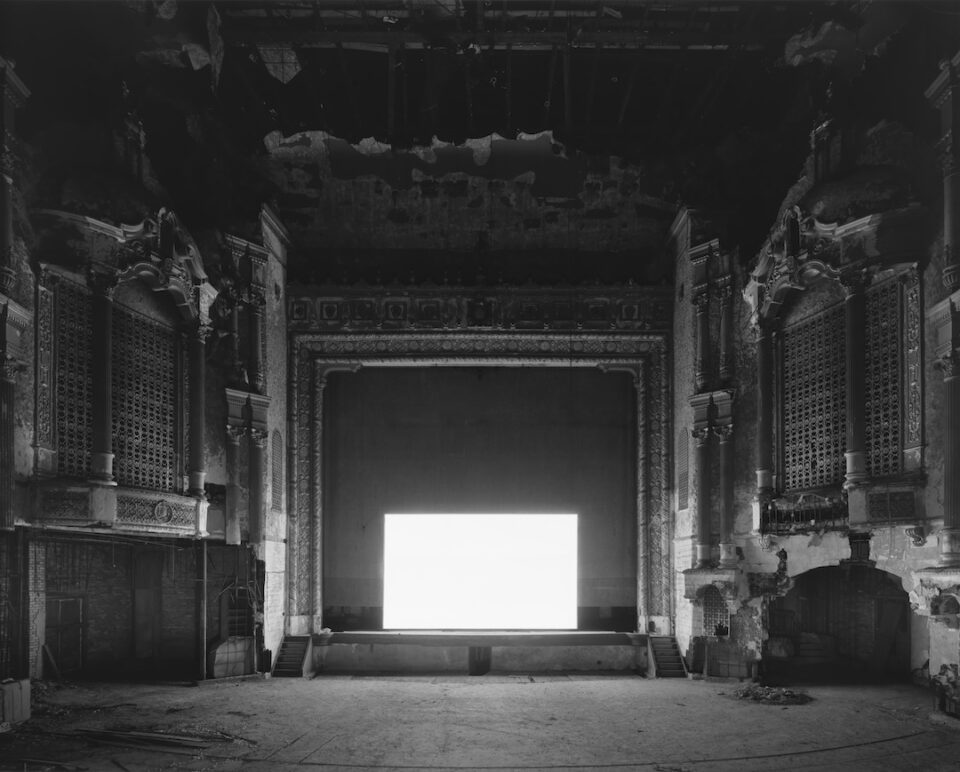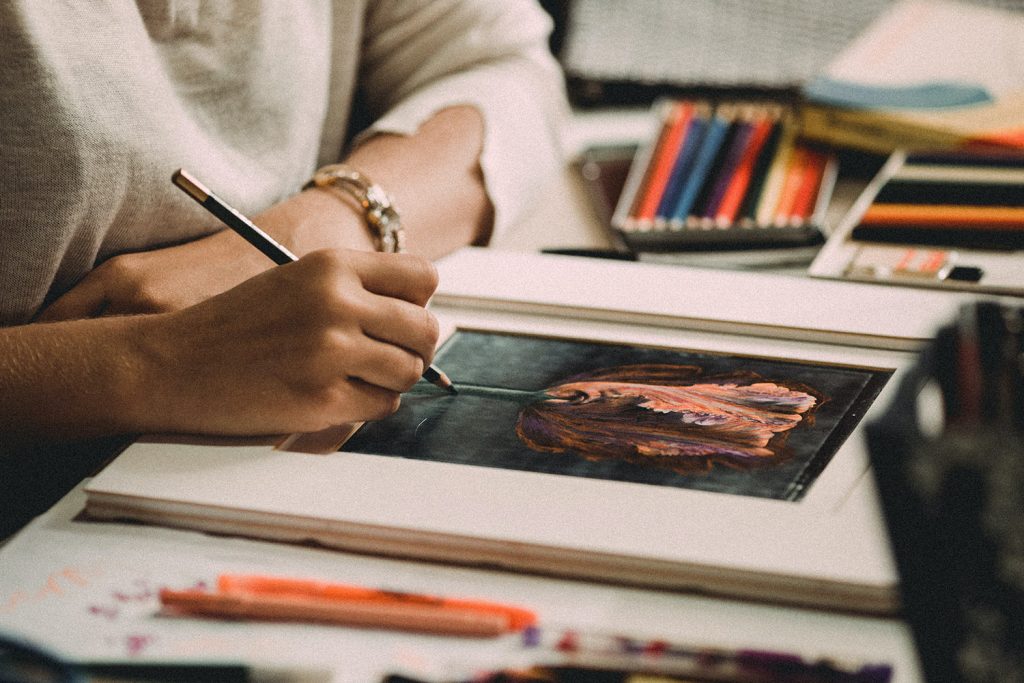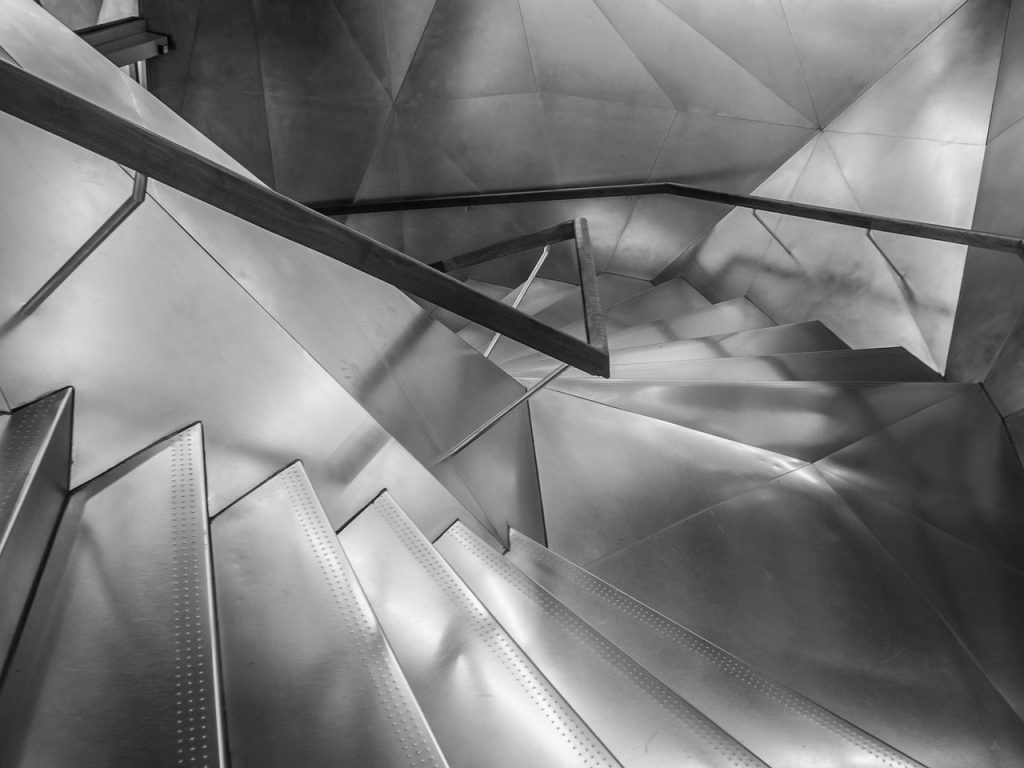“The camera is a time machine capable of representing the sense of time. It can capture more than a single moment, it can capture history, geological time, the concept of eternity, the essence of time itself.” These are the words of Hiroshi Sugimoto (b. 1948), the Japanese photographer who, over the past 50 years, has created some of the most alluring and enigmatic images of our era. His artworks are deeply engaged with the passage of time – over hours, years, centuries, even millennia. “The more I think about that sense of time, the more I think this is probably one of the key factors of how humans became humans,” he says. Amongst the most famous is the Theaters series from 1976, which compresses entire films into one radiant screen, using a single long exposure. Moreover, Sugimoto has repeatedly re-explored 19th century ideas such as crafting dioramas and applying wax figures as subjects, often employing a large-format wooden camera and mixing his own darkroom chemicals to do so. Now, London’s Hayward Gallery presents his largest retrospective to date, highlighting a philosophical, yet playful, perspective on time and memory.

Theaters is, arguably, Sugimoto’s most iconic series. The artist travelled to classic movie houses and drive-ins across the globe, setting up long exposures to record whole screenings in just one snapshot. Sugimoto recalls how he came up with the idea: “One evening, whilst taking photographs at the American Museum of Natural History, I had a near-hallucinatory vision. My internal question-and-answer session went something like this: ‘Suppose you shoot a whole movie in a single frame?’ The answer: ‘You get a shining screen.’ One afternoon I walked into a cheap cinema in the East Village with a large-format camera. As soon as the movie started, I fixed the shutter at a wide-open aperture. When the movie finished two hours later, I clicked the shutter closed. That evening I developed the film, and my vision exploded behind my eyes.” It’s just one example of how Sugimoto has used the lens as a way to bend and conflate long periods of time.

Beyond Theaters, Hayward Gallery presents a wide variety of other series, including Sugimoto’s eerie black-and-white photographs of natural history dioramas. These compositions draw attention to theatrical representations of nature in museums, where stuffed animals navigate unreal landscapes behind glass, and gain new relevance at a time of extinction and climate crisis. Elsewhere is Lightning Fields (2006 – ), spectacular camera-less photographs created by exposing sensitised paper to the electrical impulses of a Van der Graaf generator. There’s also the renowned Seascapes (1980 -), which depicts evenly divided expanses of sea and sky unmarked by any trace of human intervention, and speaks to Sugimoto’s ongoing interest in crafting scenes that, as he remarks, “are before human beings and after human beings.”
southbankcentre.co.uk | Until 7 January
Image Credits:
1. Hiroshi Sugimoto, UA Playhouse, New York, 1978. © Hiroshi Sugimoto, courtesy of the artist.
2. Hiroshi Sugimoto, Union City Drive-in, Union City, 1993. © Hiroshi Sugimoto, courtesy of the artist.
3. Hiroshi Sugimoto, Kenosha Theater, Kenosha, 2015. © Hiroshi Sugimoto, courtesy of the artist.




